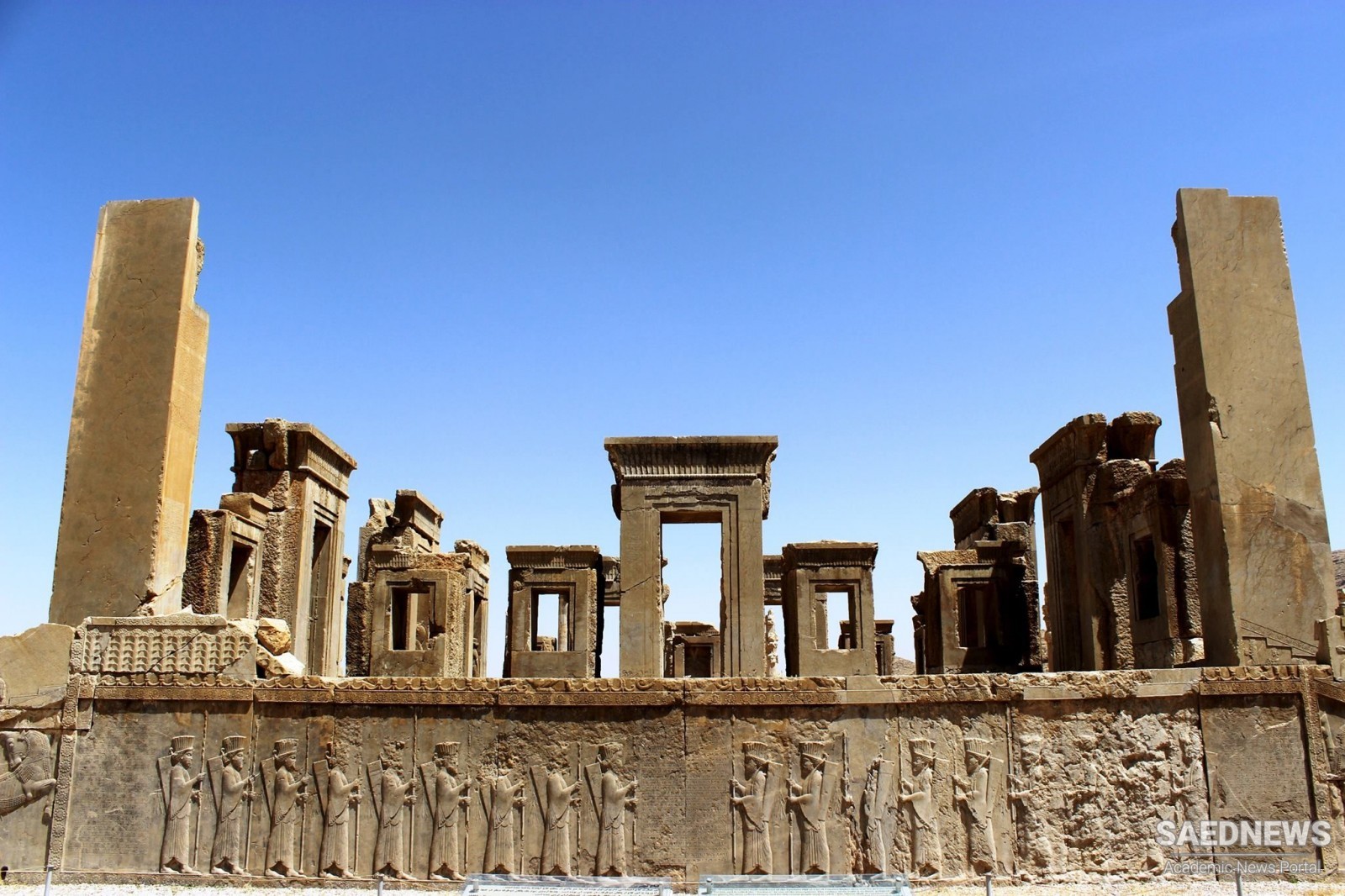Khotanese and Tumshuqese, properly Gyaidian (Rong and Duan 1 996 [2000]), are Middle Iranian languages that were once spoken in what is now known as the Xinjiang (earlier Sinkiang) Autonomous Region of China. They are treated here together because they are more closely related to each other than to any other Iranian language. Both geographica11y and linguistica11y they are classified as East Iranian languages and are thus related more closely to other East Middle Iranian languages such as Sogdian than to Iranian languages spoken in western regions. Although Khotanese and Tumshuqese are so closely related to each other that we can confidently posit a common parent language, such a language remains entirely hypothetical and is likely to be the language of a nomadic tribe that moved about Central Asia before settling in oases around the Tarim basin some time during the second half of the first millennium BCE.
After speakers of the Tumshuqese-Khotanese parent language settled on the northern side of the Taklamakan desert they appear to have had little contact with their fellow tribesmen who settled along the southern rim of the desert. The language spoken in the north developed in the course of time into what we now term Tumshuquese after the locality where the most of the extant texts were found whereas the language spoken in the south developed into what we call Khotanese since it was spoken in the ancient kingdom of Khotan. Little is known of the history of the Tumshuqese speakers in the north and even their language is not well known since few texts have survived.
The situation is rather better in the case of Khotan, concerning which Chinese 'sources provide extensive information over a long period. In addition, there survive a very considerable number of documents in Khotanese. Since many of them are translations from known languages it has been possible to decipher them with confidence. We do not know exactly when speakers of Khotanese first settled in the area, but it could hardly have been before the founding of Khotan, which is likely to have been in the third century BCE. There are traces of the presence of Khotanese speakers that date long before the earliest datable documents in Khotanese. Of particular importance is a document written in an I ndian language, North-West Prakrit, that is thought to date from the third century CE. It is dated in a regnal year 'of the Great King of Khotan, King of kings' and betrays clear evidence of the Khotanese language.


 Darabgerd the Symbol of Persia's Ancient Civilization
Darabgerd the Symbol of Persia's Ancient Civilization














































